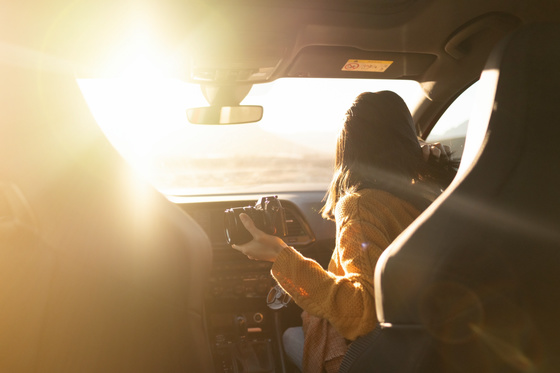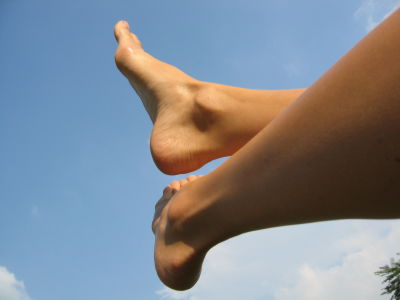Can UV rays from sunlight damage your skin even through a glass window?

When riding a train or bus, some people choose to sit by the window where there is plenty of sunlight, while others avoid the window to avoid getting sunburn. Associate Professor Teresa Larkin of the University of Wollongong's School of Medicine explains how much damage is done to the skin when exposed to sunlight through a glass window.
Can you get sunburnt or UV skin damage through car or home windows?
https://theconversation.com/can-you-get-sunburnt-or-uv-skin-damage-through-car-or-home-windows-246599
Of the ultraviolet rays that reach the earth from the sun, about 95% are 'UVA (ultraviolet A rays)' with wavelengths of 320 to 400 nm, and about 5% are 'UVB (ultraviolet B rays)' with wavelengths of 280 to 320 nm. According to the Japanese Dermatological Association , UVA with longer wavelengths affects deeper into the skin, while UVB with shorter wavelengths has a stronger effect on living organisms. Associate Professor Larkin also said, 'UVA penetrates deep into the skin and can cause skin cancer, while UVB only reaches the upper layers of the skin, but can cause sunburn, cataracts, and skin cancer.'
The glass used in house and car windows can almost completely block UVB rays, but a single pane of glass cannot completely block UVA rays.

For example, car windshields are made of laminated glass and can block 98% of UVA radiation. However, car side and rear windows are made of tempered glass and have been shown to not block all UVA rays. A 2016study of 29 different car models found that UVA transmission through side and rear windows ranged from 4% to 56%.
This fact also has an impact on where skin cancer develops: A study conducted in the United States, where people drive on the left side of the road, found that skin cancer of the face, scalp, arms, and legs was more common on the left side than on the right, and that for the arms it was 20 times more common on the left side than on the right. Meanwhile, a study in Australia, where people drive on the right side of the road, found the opposite: more skin damage and skin cancer was found on the right side of the body than on the left side.

However, the UVA blocking rate depends on the type and color of the glass, and whether or not a protective film is used. For example, previous studies have shown that glass that is tinted gray or brown has a high UVA blocking rate, blocking up to 95% of UVA. Therefore, if your car windows are tinted, you don't need to apply sunscreen.
Glass windows in your home or business are said to block 25% to 55% of UVA rays. Single pane glass lets most UVA rays through, but thicker, tinted, or coated glass can block more. 'The best option is laminated or double-glazed tinted windows, which allow less than 1% UVA rays to pass through,' says Larkin.

In addition, most window glass used in offices and commercial facilities has excellent UVA protection, blocking more than 75% of UVA rays. Most modern windows are double-layered and designed to reflect and absorb UVA rays. In recent years, chemically treated glass has been used to darken the glass, blocking UVA rays.
Of course, opening windows or sticking your arms out of the window increases your risk of skin damage and skin cancer. According to Associate Professor Larkin, without tinted glass, you could get sunburned in one hour during the day in summer and two hours during the day in winter. Also, near a window in your home, you could get sunburned in 30 minutes in summer and one hour in winter. Associate Professor Larkin recommended that you should wear sunglasses while driving or near a sunny window if the UV index is 3 out of 5 or higher.
Related Posts:
in Science, Posted by log1i_yk







